The Low-Sugar Cookbook
Delicious and Nutritious Recipes to Lose Weight, Fight Fatigue and Protect Your Health
NICOLA GRAIMES
Contents
FOOD WARNING SYMBOLS
If you or a member of your family is vegetarian or has an allergy to or intolerance of nuts, eggs, seeds, gluten, wheat or dairy products, you will find these symbols, which accompany each recipe, invaluable. They indicate the presence of a particular ingredient, and any added sugar is also identified.
 vegetarian
vegetarian
 contains nuts
contains nuts
 contains eggs
contains eggs
 contains seeds
contains seeds
 contains gluten
contains gluten
 contains wheat
contains wheat
 contains dairy
contains dairy
 contains added sugar
contains added sugar
In addition, the menu plans on pages give ideas for a weeks worth of meals for wheat- and gluten-free, vegetarian, vegan and nut-free diets.
NOTES ON THE RECIPES
Please note that metric and imperial measurements are given for the recipes. Follow one set of measures only, not a mixture, as they are not interchangeable.
1 tsp = 5ml 1 tbsp = 15ml 1 cup = 250ml
Unless otherwise stated:
Use medium/large eggs
Use medium fruit and vegetables
Use fresh herbs
Introduction
For many years, saturated fat has been the bad boy of the food world, but sugar has now replaced it at the top of the foods-to-avoid list. This is because there is growing concern among health experts that, while weve been told for many years to reduce the amount of fat we eat, and a lowfat diet is the key to good health and weight management, people in the developed world are generally becoming fatter and unhealthier. Rates of obesity and the subsequent health problems that go with it are at worrying levels and predicted to rise steeply in the future.
The amount of sugar we eat has spiralled upwards and often without us fully realizing. The root of the problem seems to be the large quantities of soft sugary drinks and processed foods many people are consuming. Laden with sugar, particularly the cheap, subsidized high-fructose corn syrup, these foods are blamed for the rise in obesity, Type 2 diabetes, fatty liver syndrome, cancer and heart disease. And then there are the so-called healthy low-fat products; it turns out that, despite the health claims, many of these foods are loaded with sugar, which is often used as a replacement for fat.
Many believe me included its time to take control of what we eat and get back in the kitchen. By preparing and cooking your own meals you are in charge of which ingredients go into them.
You will have noticed that this book is a reduced-sugar cookbook, rather than a no-sugar cookbook. It is not a diet book either. Instead its a collection of over 100 delicious and nutritious recipes both sweet and savoury all of which have been developed with as little sugar or refined carbohydrates as taste and feasibility allows. The aim of the book is to show you that eating low-sugar foods doesnt mean youre condemned to a dull, tasteless diet; it aims to inspire you to cook delicious, quick and easy, low-sugar meals for all the family. I may be chastised for saying this, but, for me, cakes and puddings are two of lifes joys. This book isnt about cutting out those treats completely. But it makes sense from a health body and mind point of view to be conscious and aware of how much sugar we consume on a regular basis. Sugar is incredibly pervasive in our diets and its very easy for the amount we eat to get out of control without even realizing. It makes a great deal of sense to view puddings and cakes as treats and not necessarily something we have to eat every day.
For me, a low-sugar way of eating is firstly about cutting out highly processed foods and sugary drinks; choosing complex carbohydrates, or carbs (see ), in preference to refined carbs; eating good-quality proteins and fats; and spoiling myself with the occasional cake, cookie or treat, but not every day (though I will admit to a daily habit of a couple of squares of high-cocoa dark/baking chocolate); and also not giving up fruit but being mindful of not over-indulging on the super-sugary ones, such as dried fruit and bananas.
I really hope this doesnt sound self-righteous, but Ive managed to retrain my palate over the years to enjoy foods with a reduced sugar content, so cutting down on the amount I add to cakes, cookies and puddings, stopping taking sugar with tea and coffee, avoiding icing on cakes and biscuits, and cutting out high-sugar jams and the like. Im by no means perfect, but this approach suits me. And I hope by trying some of the recipes in this book youll agree that you can make great-tasting dishes, both sweet and savoury, that are low in sugar and full of nutritious, wholesome ingredients.
WHAT IS SUGAR?
Before you can reduce the amount of sugar you eat, you need to get to know a bit more about the enemy and its various forms. Sugar is a sweet-tasting simple carbohydrate and comes in numerous guises, the most common being sucrose (regular sugar, which is typically half glucose and half fructose); fructose (found in fruit); and lactose (found in milk). The sugar found in fruit and milk is naturally occurring and also provides vitamins and minerals. Added sugars are typically from sugar cane, beet and corn. While these provide plenty of calories, they contain little or nothing in the way of nutrients and are referred to as empty calories.
Generally, sugars have names that end in ose, so alongside the most common types mentioned above there are dextrose, maltose and galactose, but just to confuse matters there are also molasses, cane sugar, coconut sugar, syrups, honey and fruit juice concentrates (see Read the Label, ).
CHOOSING THE RIGHT CARBOHYDRATES
Reducing the amount of sugar you eat is only part of the story, because its also relevant to consider your intake of carbohydrate foods as a whole. If you are looking for sustained amounts of energy and to control any fluctuations in blood-sugar levels and arent we all its important to eat the right carbs.
Generally classified as complex and simple, depending on their structure, carbohydrates are obtained from beans, pulses, grains, pasta, rice, vegetables, fruit and milk. Despite some people advocating a severely restricted carbohydrate diet, this food group plays an important role in the body and is its main source of energy. When digested, most types of carbohydrate are broken down into simple sugars, otherwise known as glucose. Glucose supplies energy and in some cells and tissues, such as the brain, it is the vital source of energy. The body works hard to keep glucose levels in check, through the release by the pancreas of the hormone insulin. Carbohydrates also help in the processing of fat and are needed for building the non-essential amino acids that the body requires to create proteins.
Next page

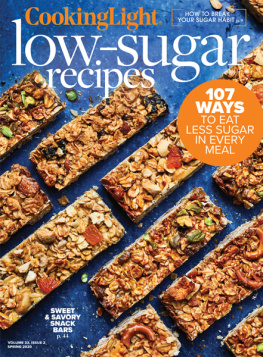


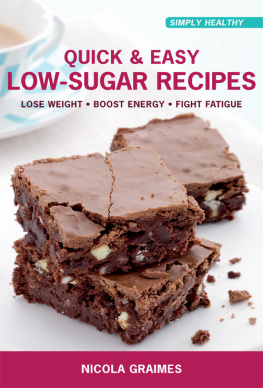

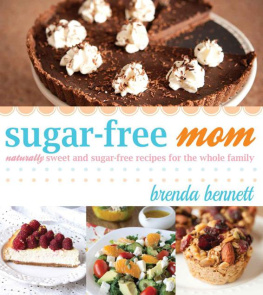
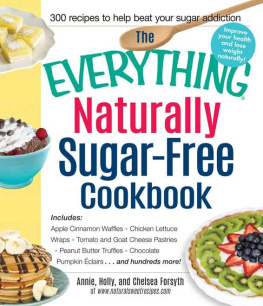
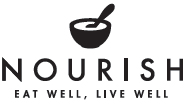
 vegetarian
vegetarian contains nuts
contains nuts contains eggs
contains eggs contains seeds
contains seeds contains gluten
contains gluten contains wheat
contains wheat contains dairy
contains dairy contains added sugar
contains added sugar